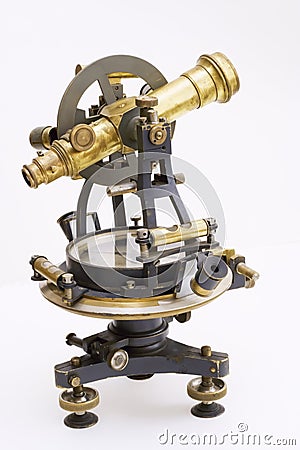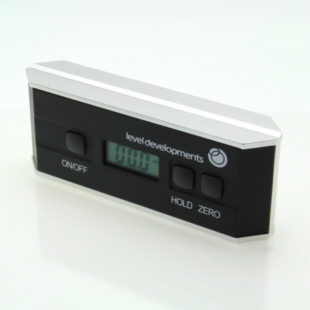Hi
I am playing around with toe and camber setting on my shifter and realised that the whole 1-2mm toe-in/out measure is a bit indistinct.
A degree / angular measure is more precise as it doesn't rely on a relative distance from one part of the tyre or rim.
So I wonder why the mm unit is used so often in karting, and if there is a de facto measurement point like the rim, to say 1mm toe in here = 1 mm toe in there?
Also toe is measured as the delta between the distance between the two points at front and rear of the wheel - so is 1mm toe just one side of the wheel or the combined delta between the two measurements, or combined across the whole front wheelbase or something else? So indistinct....
I would be much happier with degrees!
Sid
- Login or Register
No account yet? Sign up





